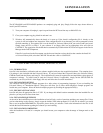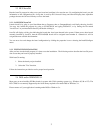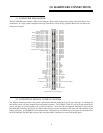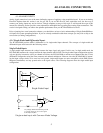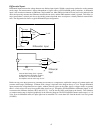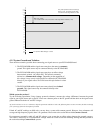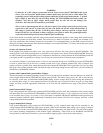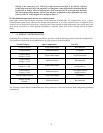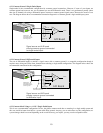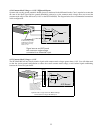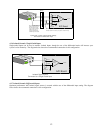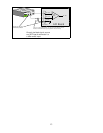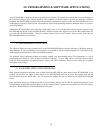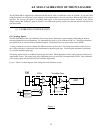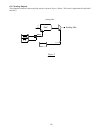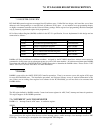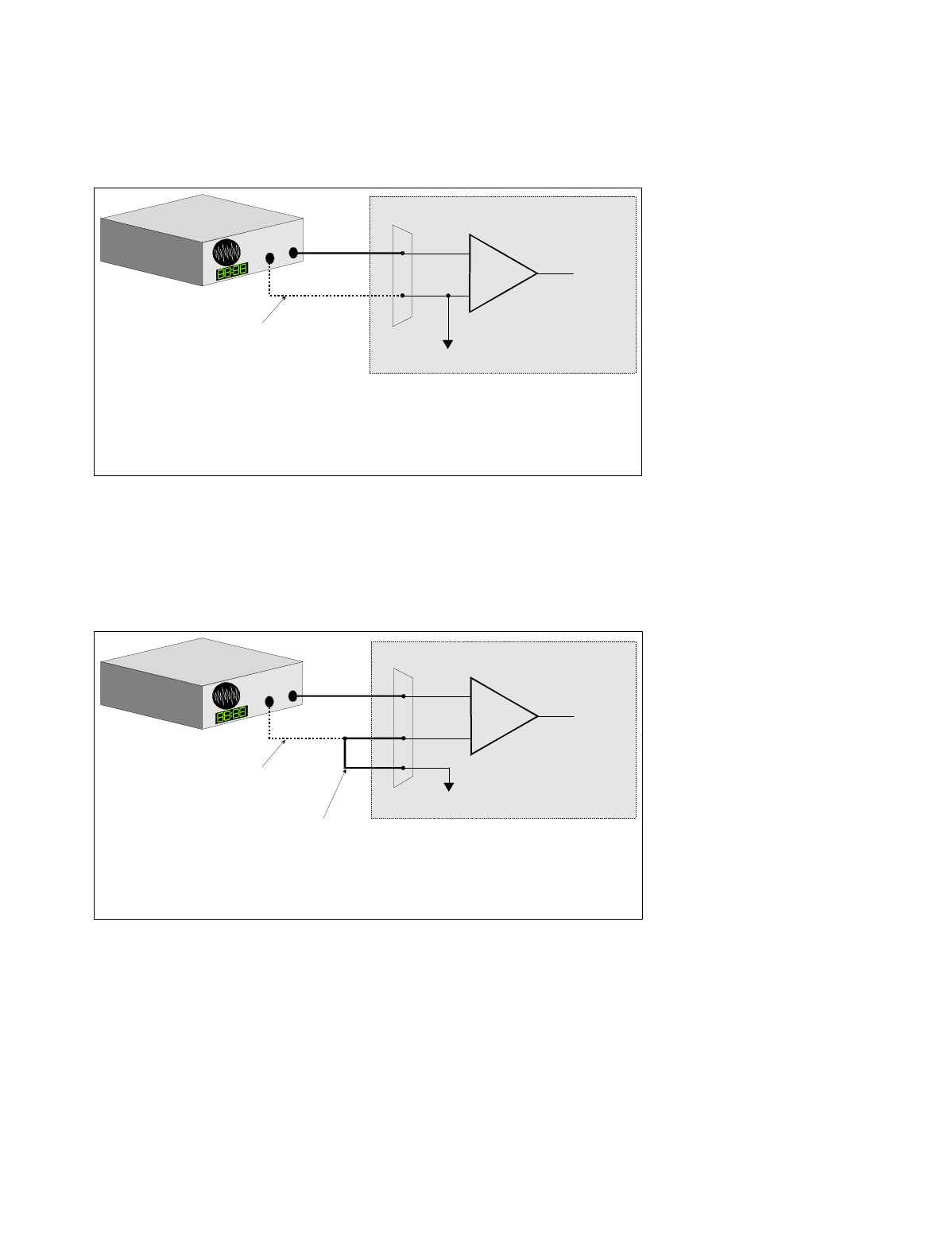
4.2.1 Common Ground / Single-Ended Inputs
Single-ended is the recommended configuration for common ground connections. However, if some of your inputs are
common ground and some are not, we recommend you use the differential mode. There is no performance penalty (other
than loss of channels) for using a differential input to measure a common ground signal source. However the reverse is not
true. The diagram below shows a recommended connection diagram for a common ground / single-ended input system
4.2.2 Common Ground / Differential Inputs
The use of differential inputs to monitor a signal source with a common ground is a acceptable configuration though it
requires more wiring and offers fewer channels than selecting a single-ended configuration. The diagram below shows the
recommended connections in this configuration.
4.2.3 Common Mode Voltage < +/-10V / Single-Ended Inputs
This is not a recommended configuration. In fact, the phrase common mode has no meaning in a single-ended system and
this case would be better described as a system with offset grounds. Anyway, you are welcome to try this configuration, no
system damage should occur and depending on the overall accuracy you require, you may receive acceptable results.
10
+
-
Input
Amp
To A/D
A/D Board
I/O
Connector
LL GND
CH IN
Signal
Source with
Common Gnd
Optional wire
since signal source
and A/D board share
common ground
Signal source and A/D board
sharing common ground connected
to single-ended input.
+
-
Input
Amp
To A/D
A/D Board
I/O
Connector
LL GND
CH High
CH Low
Signal
Source with
Common Gnd
Optional wire
since signal source
and A/D board share
common ground
Required connection
of LL GND to CH Low
Si
g
nal source and A/D board
sharin
g
common
g
round connected
to differential input.



